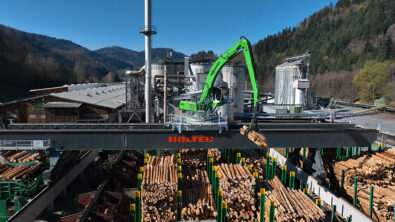Crane simulation reduces costs while enhancing planning reliability
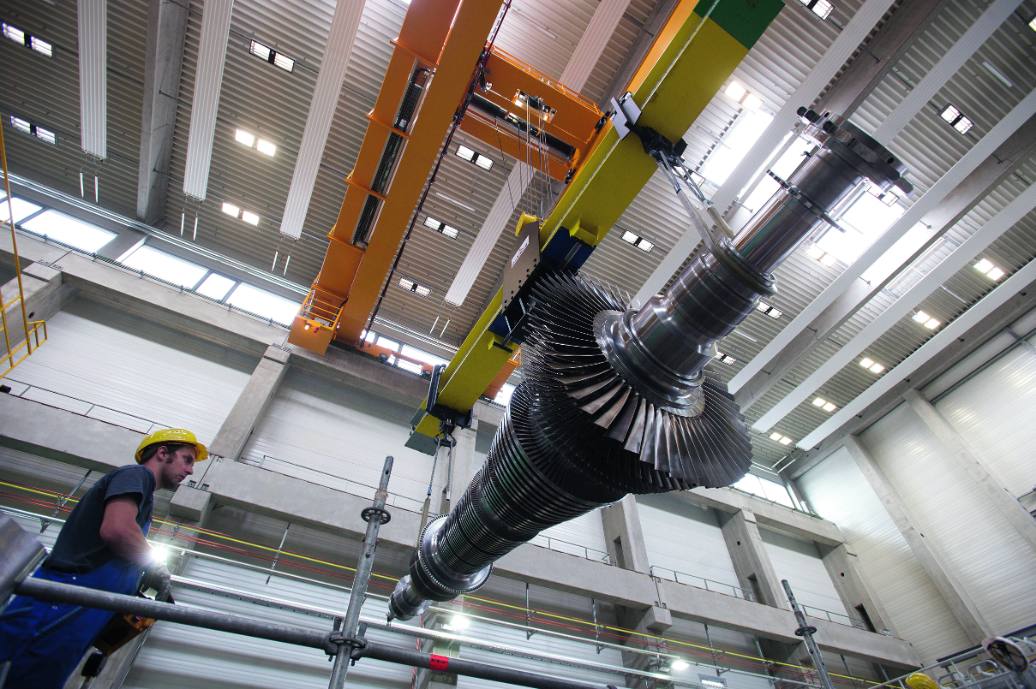
Crane simulation: A key to efficient industrial manufacturing planning
Large cranes are essential in many industrial sectors, particularly in manufacturing and assembly of heavy machinery. Simulating these cranes in conjunction with human operators plays a crucial role in optimizing workflow efficiency. In modern production facilities, workpieces weighing several tons must be moved with precision, which requires not only sophisticated crane control but also seamless coordination between human operators and machinery. The challenge lies in synchronizing crane operations with workers’ tasks in real time. A realistic simulation helps identify bottlenecks, determine the optimal number of cranes, and thus avoid costly overinvestment.
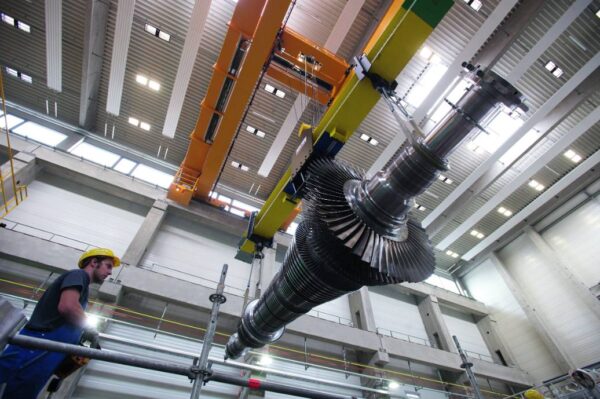
Remote-controlled cranes: Enhancing precision and workflow
Integrating a remote control system into the crane simulation model establishes a direct interface between the worker and the machine. This allows tracking of how the crane is summoned to its operational position, loaded, and transported to the desired location. The worker can precisely position the load using the remote control and subsequently release the crane for the next task. This control method enables a highly accurate simulation of material flow within the production hall, preventing delays and identifying inefficiencies. Given that heavy cranes are not only expensive to procure but also costly to operate, precise planning is essential to minimize idle times and maximize efficiency.
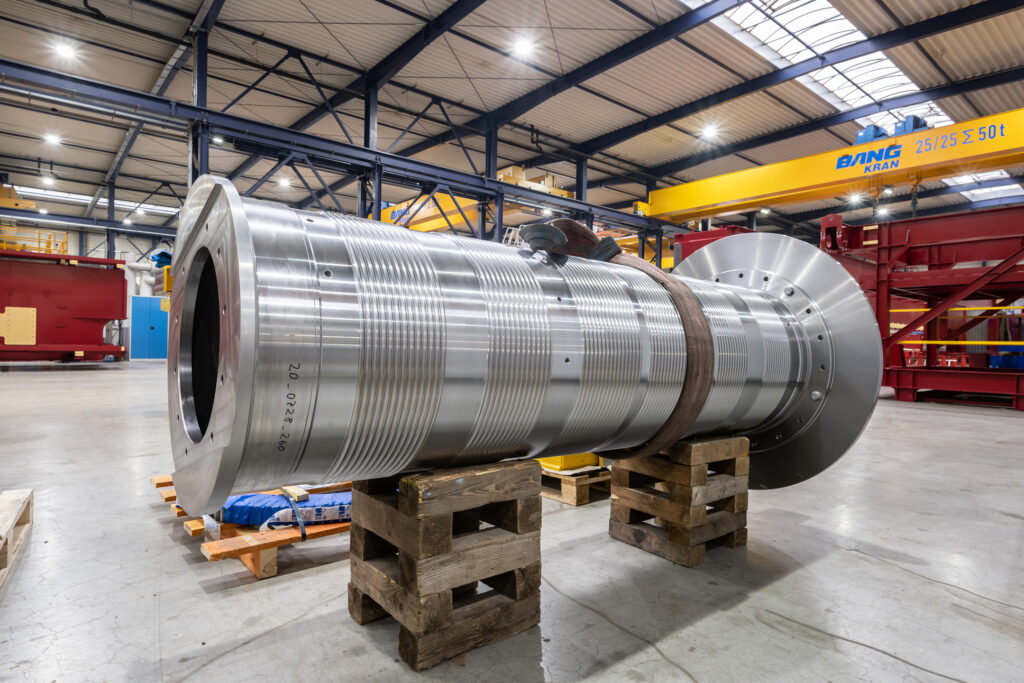
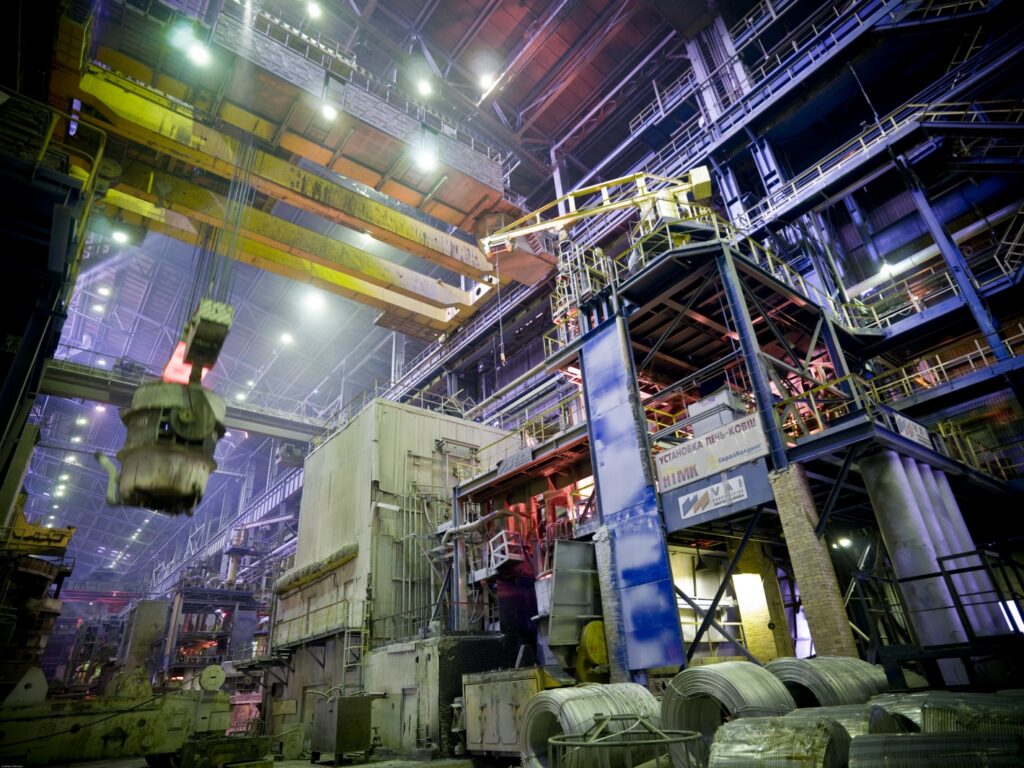
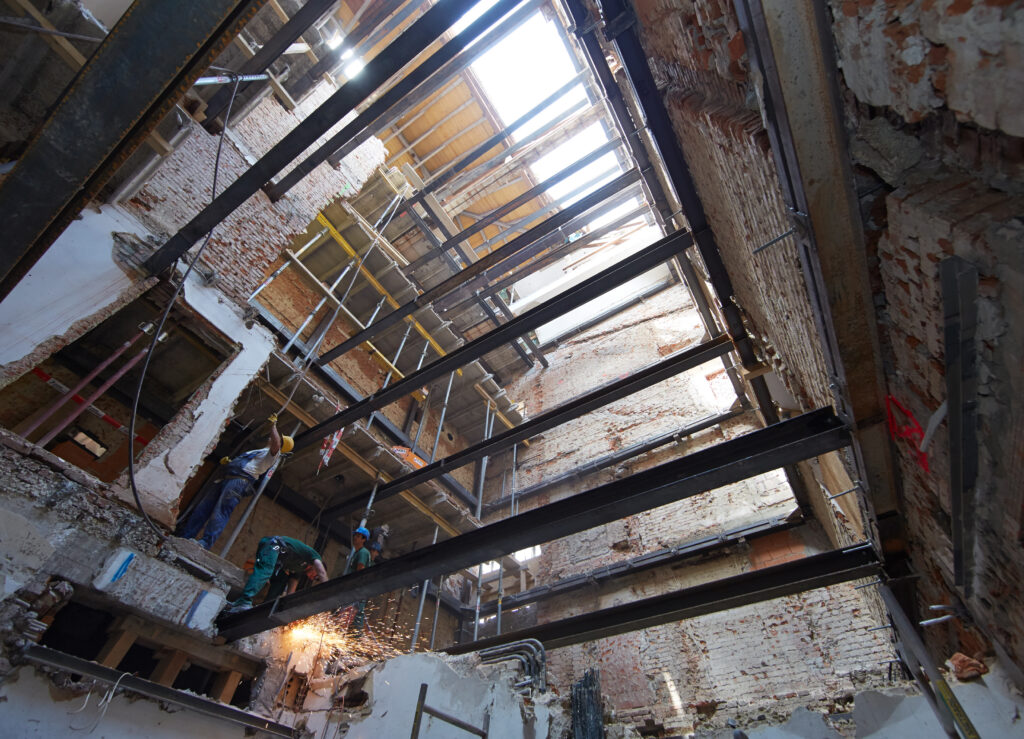
Optimizing crane quantity: Avoiding costly over dimensioning
Another critical element of simulation is calculating the optimal number of cranes required. Engineers often tend to add extra cranes to avoid production delays, but this is frequently unnecessary and leads to substantial additional costs. A single crane with a lifting capacity of 40 to 100 tons costs several million USD, and over dimensioning can severely impact the economic feasibility of an entire project. Simulation aids in accurately assessing requirements and determining the ideal number of cranes to maintain efficiency without creating production bottlenecks. At the same time, cranes operating on a shared track must be precisely coordinated to prevent collisions or disruptions in workflow.
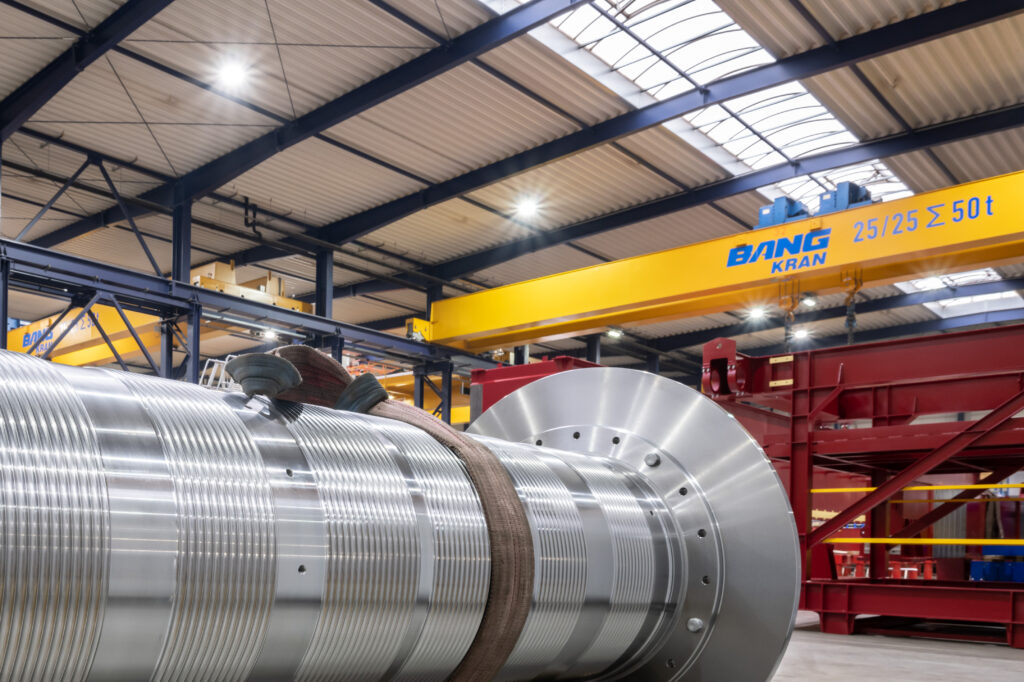
Crane load distribution: A crucial factor for structural stability
Beyond the number of cranes, the load distribution on the crane runway is a fundamental factor. The structural impact of using two 40-ton cranes differs significantly from employing a single 80-ton crane. The weight and pressure distribution directly affect the stability of the facility’s infrastructure. Incorrect calculations may necessitate reinforcing the crane runway retroactively—a process that is not only complex but, in many cases, nearly impossible. Simulation allows different scenarios to be tested during the planning phase, ensuring that the safest and most cost-effective solution is implemented. Identifying and addressing load distribution errors in advance helps avoid expensive structural modifications later.
The future of crane simulation: Improving efficiency and safety
By implementing realistic crane simulations with remote control integration and synchronized worker interaction, production processes can be significantly optimized. Businesses benefit from improved planning, as potential weaknesses are identified and resolved before implementation. Production timelines can be streamlined, and unnecessary downtime eliminated. The use of digital simulation tools reduces the risk of costly miscalculations and enhances workplace safety. Precisely determining the required number of cranes and factoring in load distribution contribute to long-term cost efficiency and ensure a stable infrastructure for manufacturing heavy machinery. Ultimately, this approach not only enhances logistical operations but also increases investment security.
About the author
Steffen Bangsow has been working in the field of plant and production simulation (Simple++, eM-Plant, Plant Simulation) since 1999. Over the years, he has completed hundreds of projects and customer training sessions, helping businesses optimize their production processes. Since 2008, he has published five books focusing on Plant Simulation in English, German, and Chinese, sharing his expertise with a global audience. His extensive experience in simulation modeling and industrial process optimization makes him a leading authority in the field.
Join Steffen Bangsow at the 2025 Plant Simulation User Conference

We are pleased to announce that Steffen Bangsow will be presenting at the Plant Simulation User Conference 2025, part of the Realize LIVE Conference in Amsterdam on July 2, 2025. His presentation, titled “Worker-Crane Synchronization for Crane-Based Production Systems,” will provide valuable insights into how complex crane operations can be seamlessly integrated with worker synchronization using Siemens Plant Simulation. As the founder of Steffen Bangsow Advanced Simulation Services, he brings extensive expertise and practical experience to the discussion, offering attendees a deep understanding of optimizing crane-based production processes through digital simulation.
The Realize LIVE Europe 2025 conference, taking place from June 30 to July 2 at the RAI Amsterdam Convention Centre, is Siemens’ flagship event for digital transformation. This gathering connects professionals from engineering, manufacturing, and product lifecycle management with industry leaders and technology experts to explore the latest advancements in digitalization. Featuring over 350 sessions, including hands-on training and expert-led discussions, the event will highlight innovations in AI, sustainability, and process optimization. Attendees will gain valuable insights through keynote speeches, interactive solution showcases, and networking opportunities, making it a premier platform for advancing digital strategies and fostering industry collaboration.
Plant Simulation User Conference
The Plant Simulation User Conference is an annual event dedicated to users of Siemens’ Tecnomatix Plant Simulation software. It serves as a platform for professionals to exchange experiences, learn about the latest software developments, and influence future enhancements. The conference features presentations from Siemens experts and users, offering insights into practical applications and advancements in simulation technology. In 2025, the conference is scheduled for July 2 in Amsterdam, as part of Realize LIVE Europe.
To attend the Plant Simulation User Conference and ensure you don’t miss Steffen Bangsow’s lecture on July 2nd 2025, register here: Siemens Realize LIVE 2025
